f your kids have trouble finishing their veggies, it’s not necessarily because the chicken nuggets ruined their appetite. Vegetables are very tasty, but unfortunately, the ones that come from the store are not always the most flavorful or nutritious. So, why not grow your own? If you love spending time outside, have a gorgeous garden or in your outdoor living space, then put it to good use.
Growing your own fruits and veggies may seem more complicated than simply going to the grocery store and buying, but it is infinitely times more rewarding. There are many benefits to gardening, both physical to mental, but one of the biggest advantages is having access to your own fresh produce. Cultivating it yourself also means you can have fresh and very tasty fall fruits and vegetables that your family will enjoy much more than the inorganic produce you purchase at the grocery store.
But, as one would imagine, cultivating and growing crops is a lot of work and knowing which ones to plant is the difference between a hardy harvest and a failed gardening project. You have many fall vegetables to plant which is good since you have the freedom to choose what you’re going to have on the dinner table this season. Pick a few of the best fall crops to grow and watch as your dinner table comes to life with the excitement of getting to eat the fruits of your labor (or vegetables of your labor, but that’s not how the idiom goes).
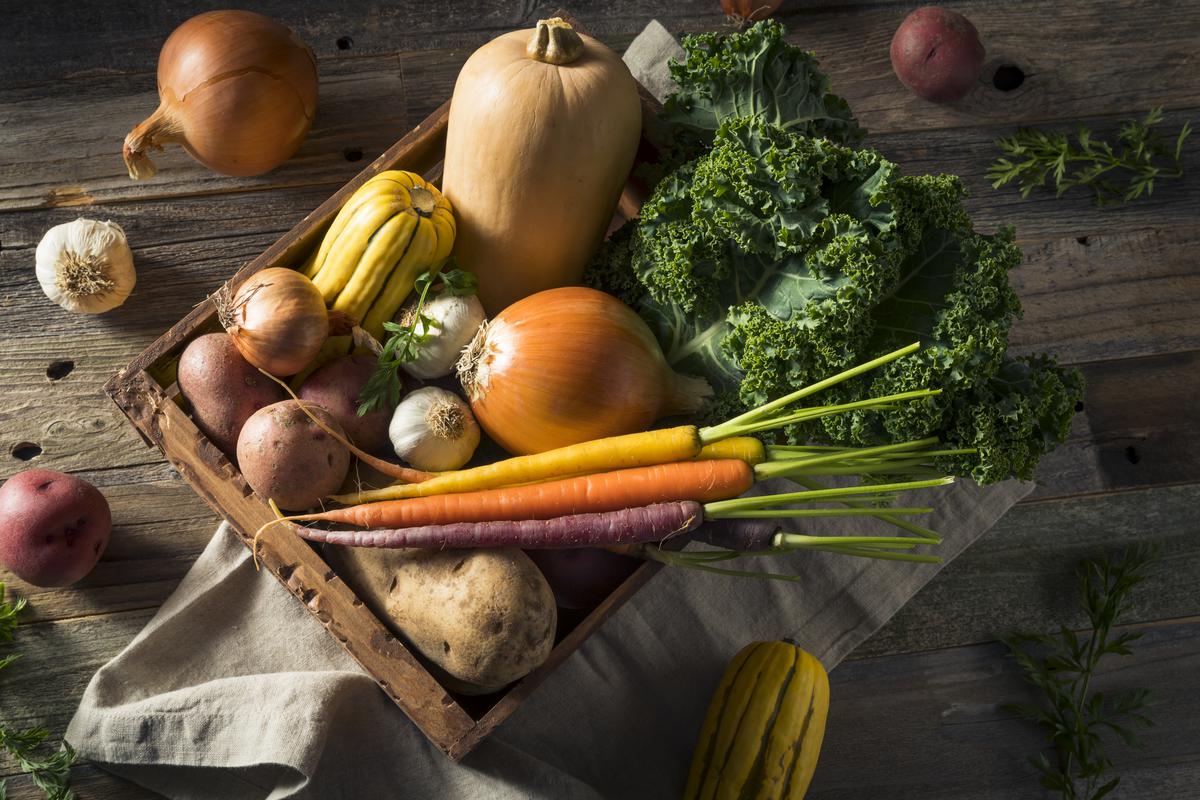
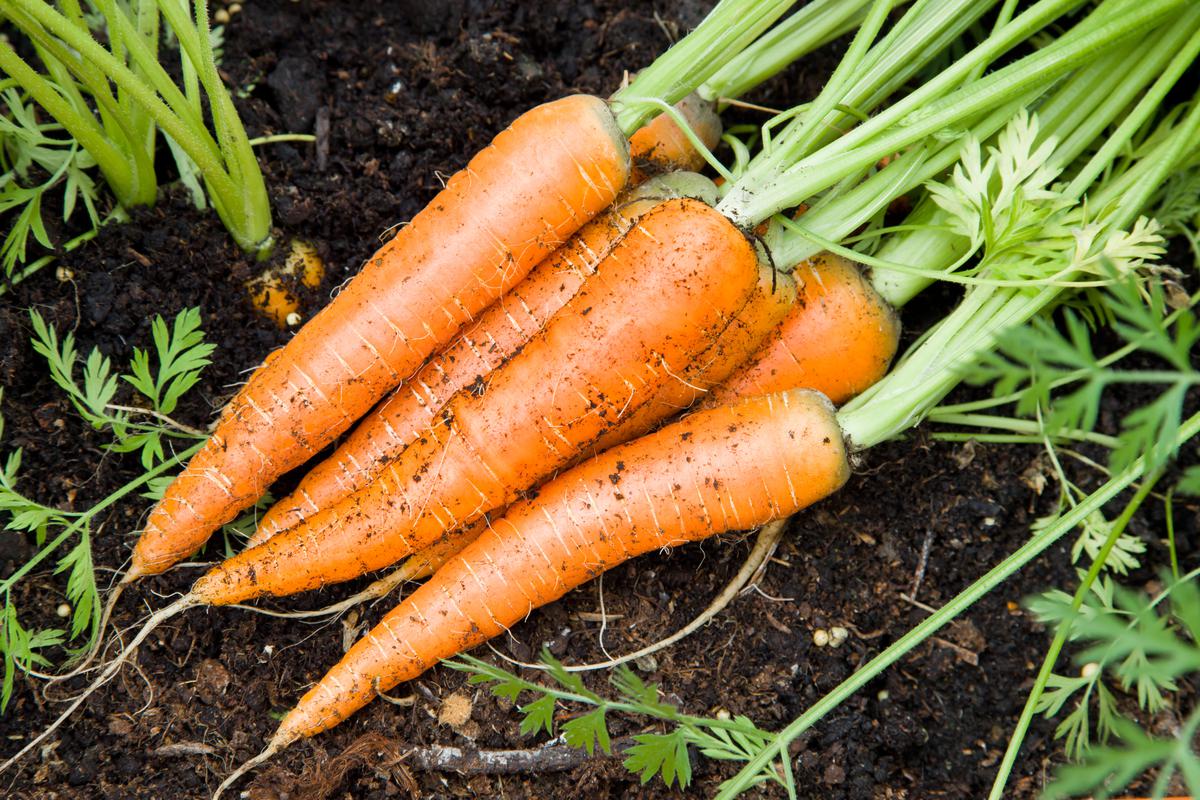
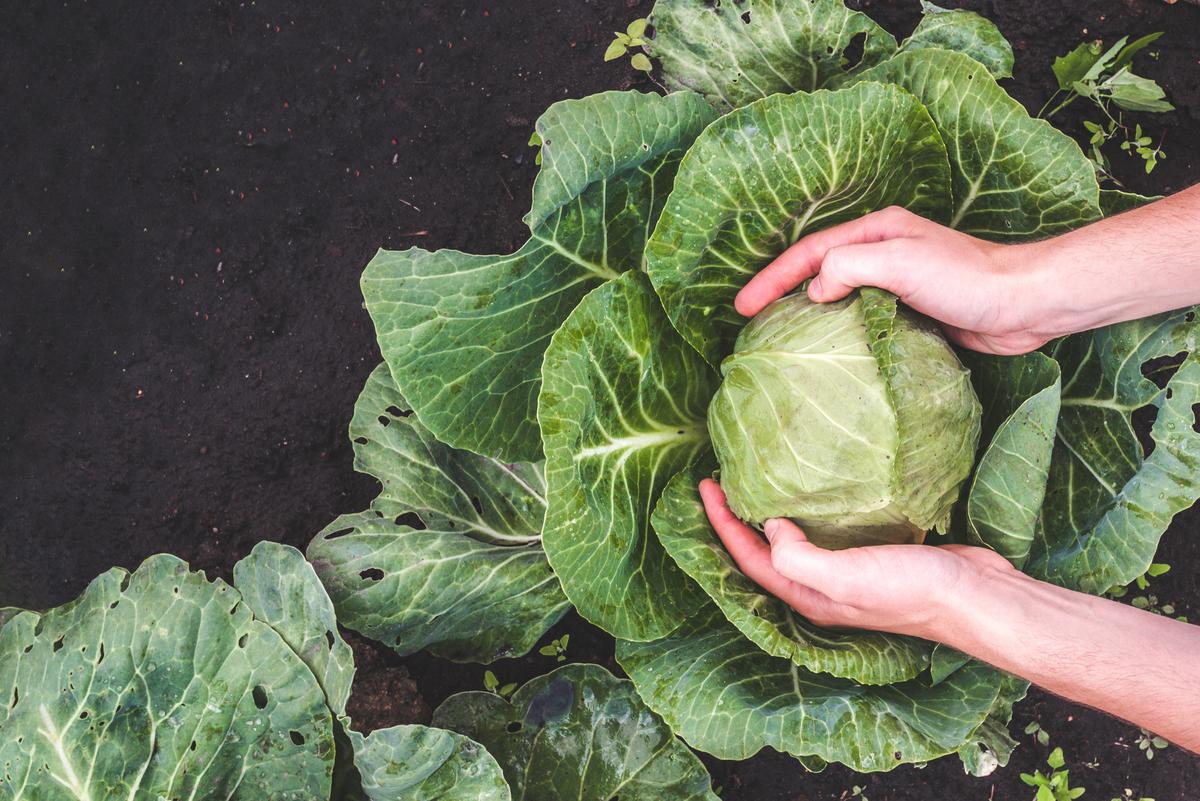

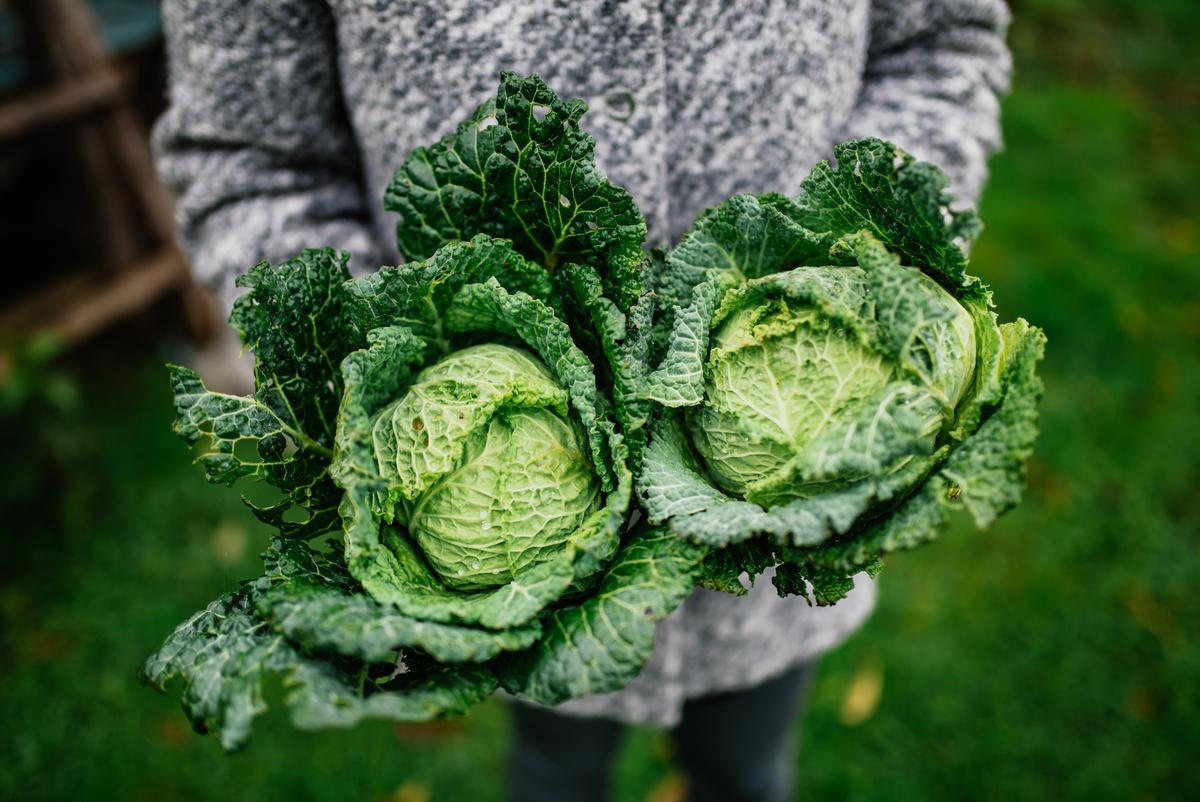
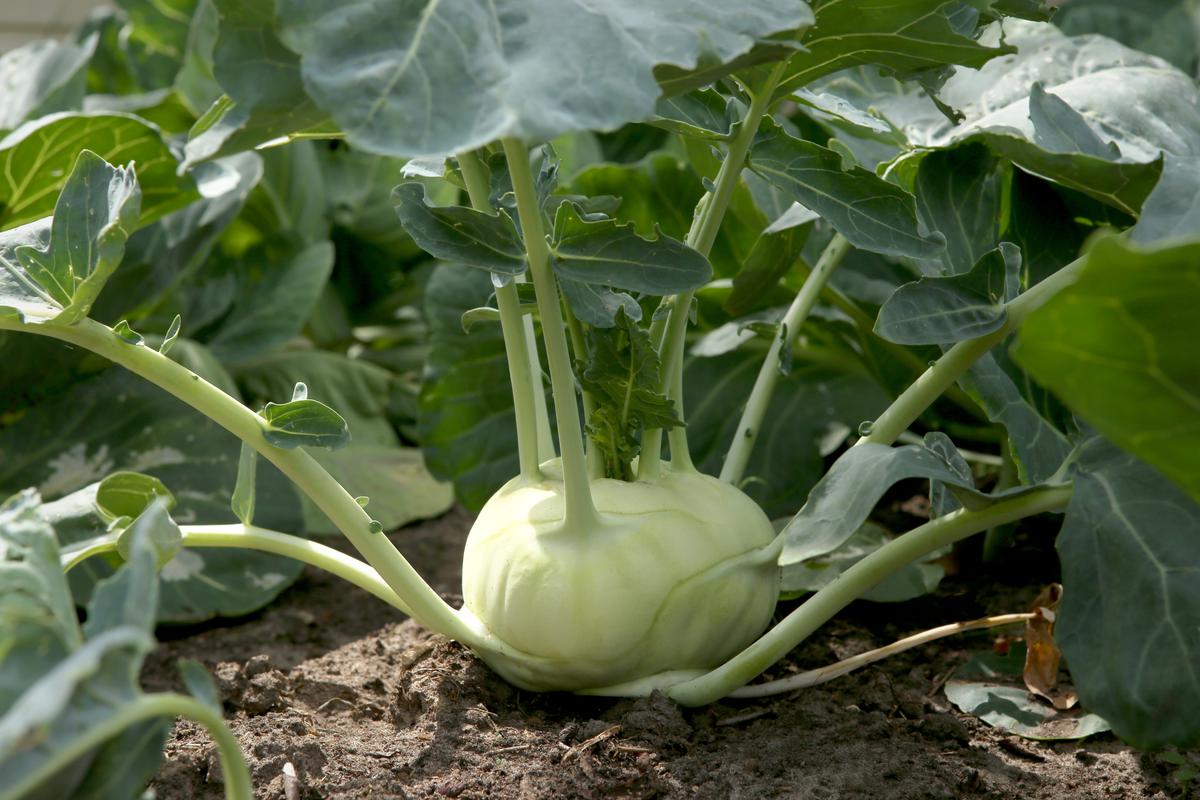
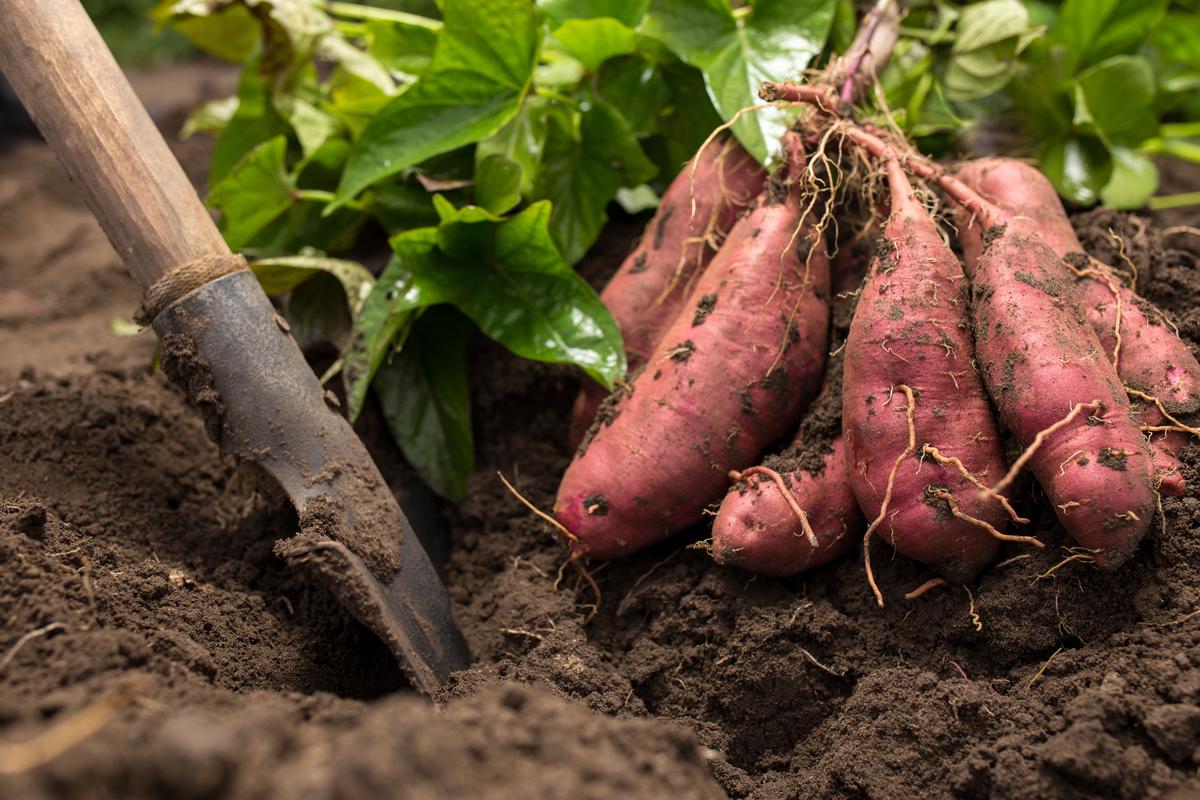
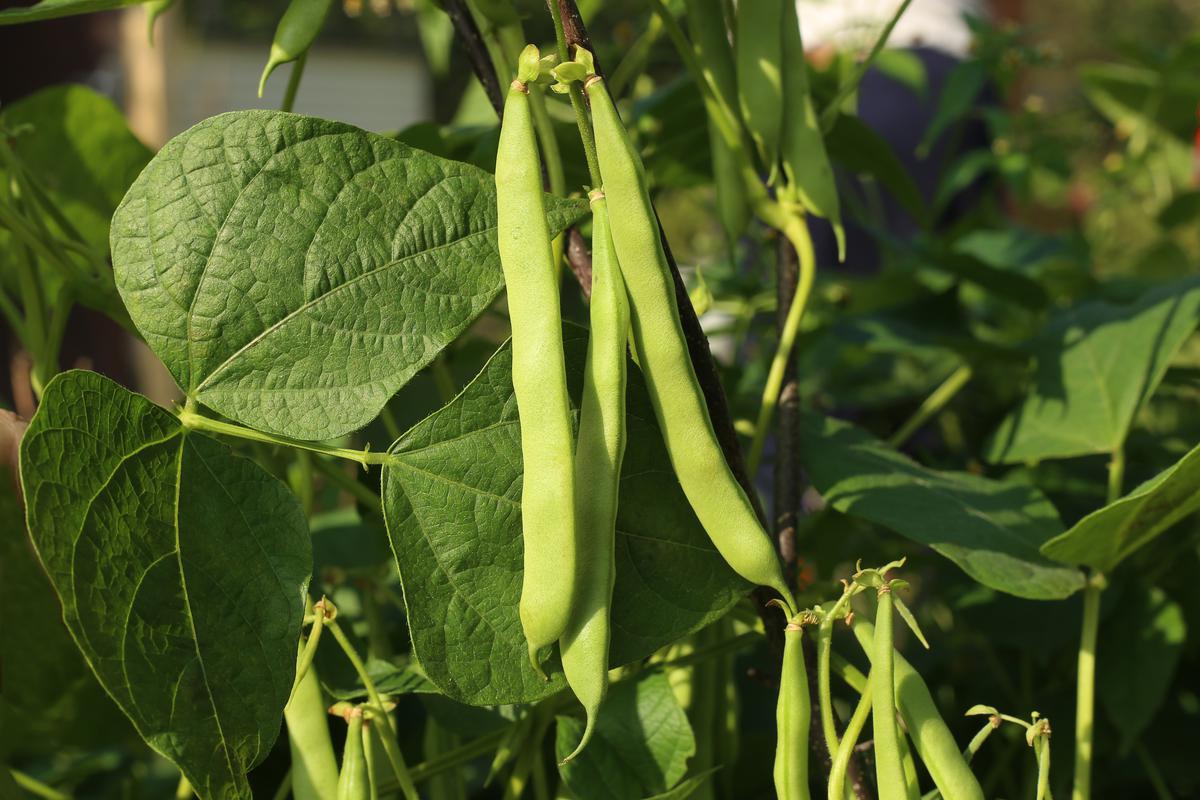
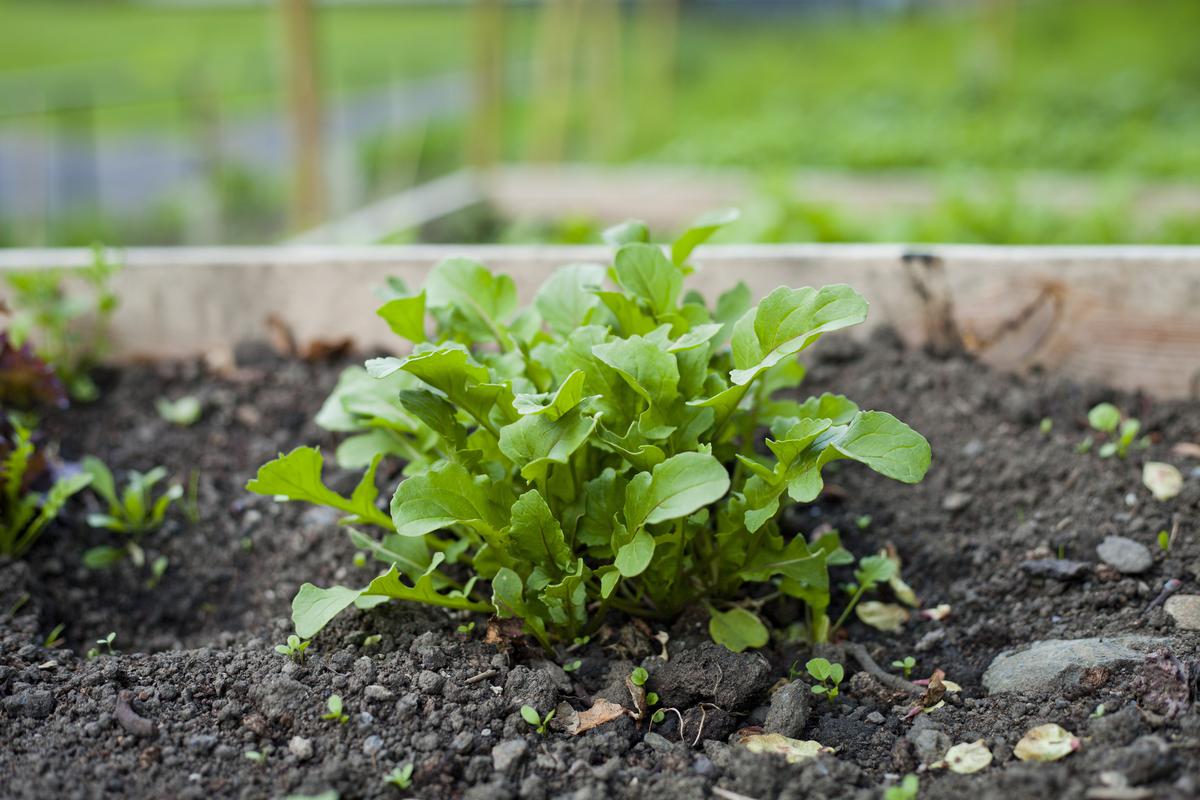
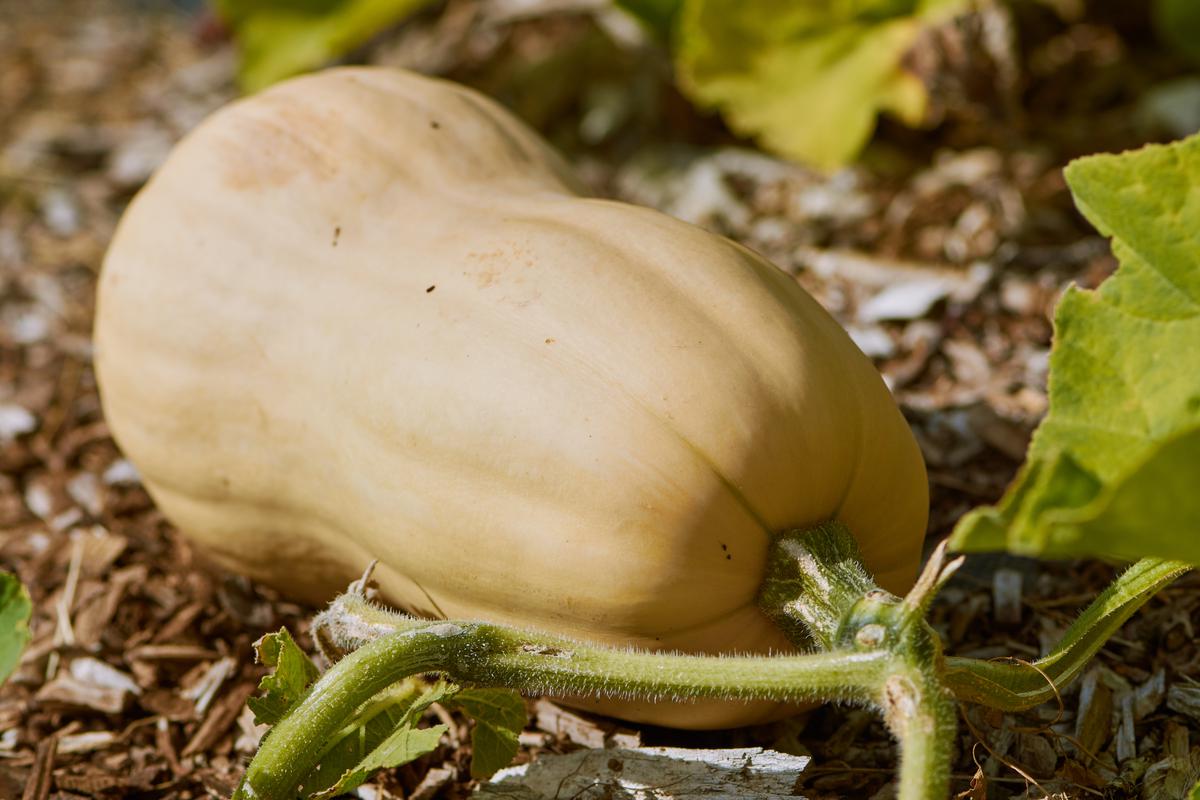
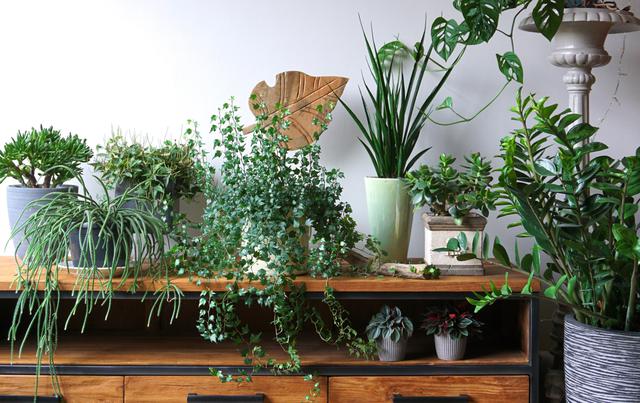

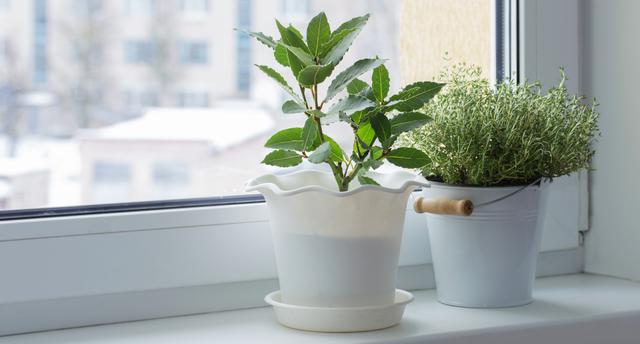
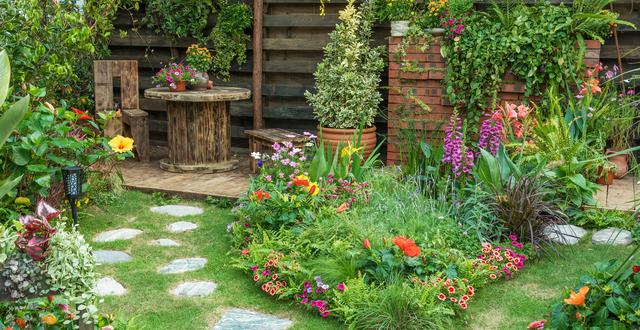
comments